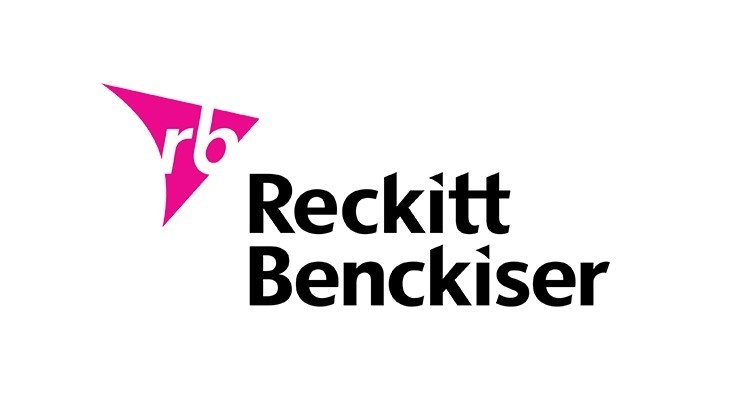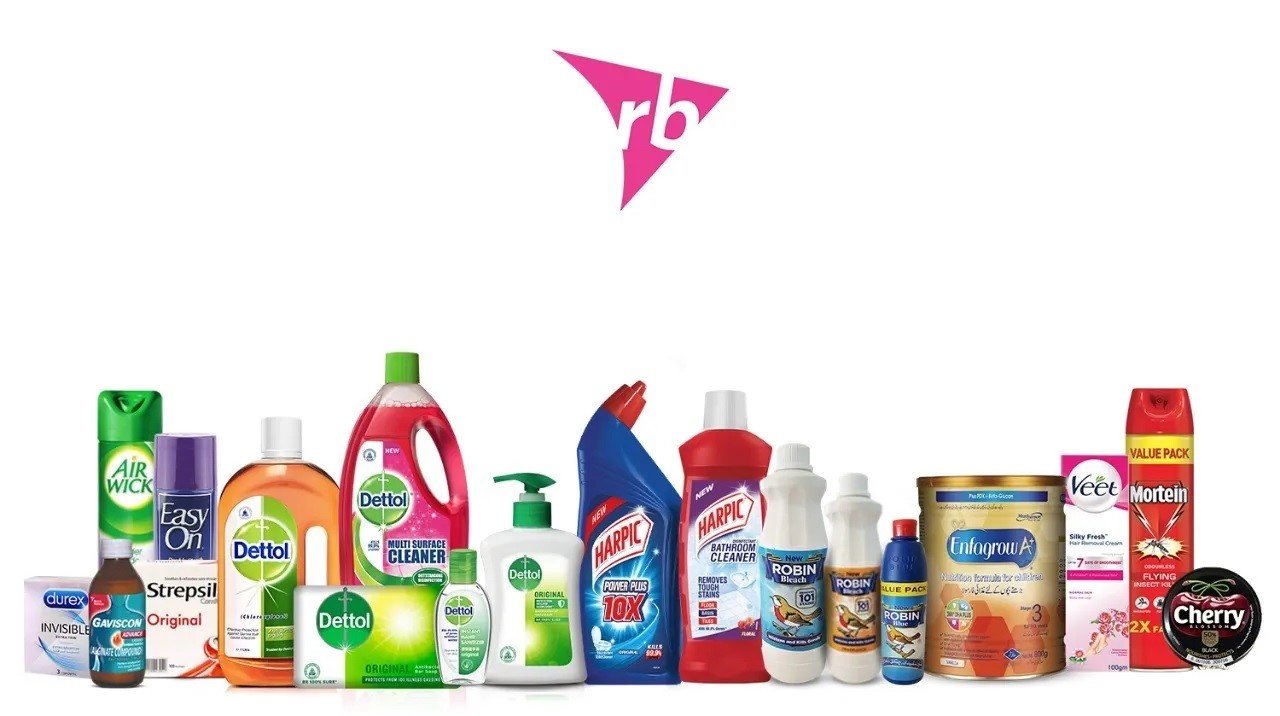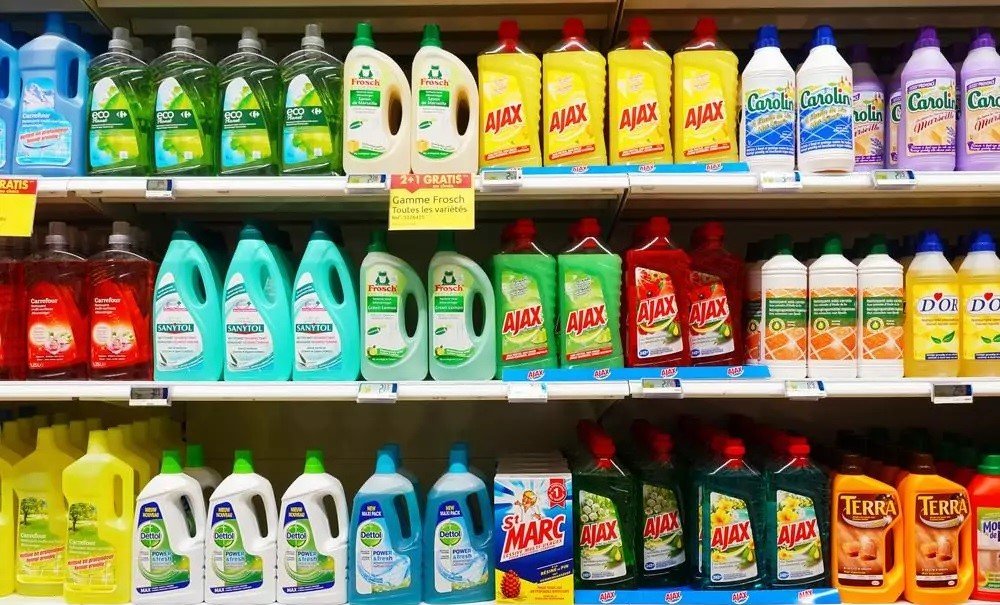Reckitt Benckiser SWOT analysis: Reckitt Benckiser is a company that produces health, hygiene, and household care products with its headquarters in the United Kingdom. The company with an overall strength of 30000 individuals within it has many top-selling brands including Dettol. Strepsils, Durex, Harpic, Lysol and Vanish. Through a variety of products within the wellness sector, Reckitt & Benckiser envisages creating products that improve our lives and help make the world a healthier and healthier environment to live in.
The company operates activities across a broad range of industries and is among the high-performing products across all product categories it is involved in. However, the company has gained considerable acclaim due to its cleaning products for homes such as Lysol as well as Harpic, and is currently of the global top players in this sector.
Reckitt & Benckiser was formed through the merger of Reckitt &Colman plc as well as Benckiser NV in the year 1999. The company had annual revenue in amount of 11.6 million pounds in 2017. It operates in 200 countries around the world.
Reckitt Benckiser fun facts: Reckitt Benckiser, the consumer goods giant that makes Nurofen and Dettol, plans to spin off its US-based pharmaceutical business. The FTSE 100 firm has announced that RB Pharmaceuticals will be floated on the London stock exchange as a standalone company.
About Reckitt Benckiser – SWOT analysis of Reckitt Benckiser
Contents
- 1 About Reckitt Benckiser – SWOT analysis of Reckitt Benckiser
- 2 Reckitt Benckiser Competitors
- 3 SWOT analysis of Reckitt Benckiser – Reckitt Benckiser SWOT analysis
- 4 Strengths of Reckitt Benckiser – Reckitt Benckiser SWOT analysis
- 5 Weaknesses of Reckitt Benckiser – SWOT Analysis Of Reckitt Benckiser
- 6 Opportunities of Reckitt Benckiser – Reckitt Benckiser SWOT analysis
- 7 Threats of Reckitt Benckiser – SWOT analysis of Reckitt Benckiser
[wp-svg-icons icon=”office” wrap=”I”] Company: Reckitt Benckiser Group PLC
[wp-svg-icons icon=”user” wrap=”I”] CEO: Laxman Narasimhan
[wp-svg-icons icon=”user” wrap=”I”] Founder: Johann Adam Benckiser
[wp-svg-icons icon=”calendar” wrap=”I”] Year founded: 6 June 2007, Norwich, United Kingdom
[wp-svg-icons icon=”location-2″ wrap=”I”] Headquarters: Slough, United Kingdom
[wp-svg-icons icon=”stats” wrap=”I”] Annual Revenue: Pound£13.234 billion
[wp-svg-icons icon=”bars” wrap=”i”] Profit | Net income: Pound£-21 million Loss
[wp-svg-icons icon=”users” wrap=”I”] Number of employees: 43,000
[wp-svg-icons icon=”pie” wrap=”i”] Products & Services: Cleaning agents | Skin care | Personal care | Nutrition | Consumer Healthcare
[wp-svg-icons icon=”globe” wrap=”I”] Website: www.reckitt.com
Reckitt Benckiser Competitors
[wp-svg-icons icon=”pacman” wrap=”I”] Competitors: Johnson & Johnson | Procter & Gamble | Unilever | Henkel | GSK | Nestle SA
SWOT analysis of Reckitt Benckiser – Reckitt Benckiser SWOT analysis
SWOT Analysis Of Reckitt Benckiser is brand-based. SWOT Analysis of Reckitt Benckiser evaluates the brand’s strengths, weaknesses, opportunities, and threats. Advantages and disadvantages can be attributed to internal factors while opportunities and threats can be attributed to external factors. We will be discussing Reckitt Benckiser’s SWOT Analysis. Below is the detailed SWOT Analysis of Reckitt Benckiser.
Let’s talk about Reckitt Benckiser’s SWOT assessment.
Strengths of Reckitt Benckiser – Reckitt Benckiser SWOT analysis
- Brands that are successful: Reckitt & Benckiser has a profitable collection of products, many of which are the top-selling brands in their respective segments. Some of these are Harpic, Strepsils, Dettol, Lysol, Clearasil, Mortein, Vanish, and Durex. These are well-known and have helped the company achieve the highest level of brand equity.
- Strategy: Reckitt & Benckiser is constantly striving to achieve higher levels that the market average across all of their categories, and gain an undisputed position in high-growth portfolios by maintaining a consistent flow of cash across all their products. This is the reason that has enabled them to create strong brands.
- Leadership in the world across many areas: Reckitt & Benckiser has the top brands in the world across a variety of categories. The most notable of these are Harpic in the cleaning of toilets section, Dettol in antiseptics, Woolite in the detergent category, Lysol in the home cleaning category, and Durex Condoms.
- The focus is on acquisitions: Reckitt and Benckiser have made some extremely smart acquisitions that focus specifically on East Asian markets such as Japan as well as China in which the company has yet to reach a significant mass. They also are focusing on buying small, but profitable companies in regions that do not have a market presence or top products.
- Concentrate on depth: Reckitt and Benckiser have been looking to increase their penetration into existing markets instead of diversifying into newer categories of products. The company is home to 18 powerful brands, and instead of focusing on creating more successful brands, they are looking to leverage the strength of its present performance for replication in other markets that the company does not have or very few customers.
Weaknesses of Reckitt Benckiser – SWOT Analysis Of Reckitt Benckiser
- Problems with leadership: Four of Reckitt & Benkiser’s top executives quit the company in September 2017 suggesting that the company might be facing serious problems with leadership in the next year. The departure of the chiefs of IT marketing, personnel, and the developing markets has had a negative impact on the image of the company and led to negative reactions from those who are involved.
- Dependence on the power brands: Reckitt & Benckiser has focused too much on its 18 power brands. More than 40 percent of their sales have been attributed to these brands, a lot of which have been launched within the past three years. This has affected the company’s culture in terms of innovation within the company, which can be detrimental against more ingenious rivals like Unilever.
- The acquisition from Mead Johnson: Reckitt & Benckiser sunk 18 million pounds in order to acquire Mead Johnson a company that is a leader in the area of infant nutrition. The move proved to be a complete disaster because the company didn’t have any prior experience in the field of infant nutrition, which is an extremely competitive field by itself.
Opportunities of Reckitt Benckiser – Reckitt Benckiser SWOT analysis
- The growth of market opportunities: Reckitt and Benckiser have increased them the focus on emerging markets such as the BRIC countries as well as East Asian countries. The company has gained recognition in these markets and they are showing lots of potential in the near future, especially in the area of house care.
Threats of Reckitt Benckiser – SWOT analysis of Reckitt Benckiser
- Brexit: Companies that are with their headquarters within the United Kingdom have faced severe financial challenges due to Brexit and the extremely volatile commodities prices have also increased the price of most goods. They have become a major threat to the business.
- Competition: The company also is competing with SmithKline Beecham, Unilever, and Procter & Gamble.
You May Also Like:
- Coach SWOT analysis – SWOT analysis of Coach
- Victoria’s Secret SWOT analysis – SWOT analysis of Victoria’s Secret
- Royal Dutch Shell SWOT analysis – SWOT analysis of Royal Dutch Shell
- Ritz Carlton SWOT analysis – SWOT analysis of Ritz Carlton
- Petronas SWOT analysis – SWOT analysis of Petronas
This is the SWOT analysis of Reckitt Benckiser. Please let us know if you have additional suggestions to add.
[wp-svg-icons icon=”bubbles” wrap=”i”] Let us know What do you think? Did you find the article interesting?
Write about your experiences and thoughts in the comments below.


